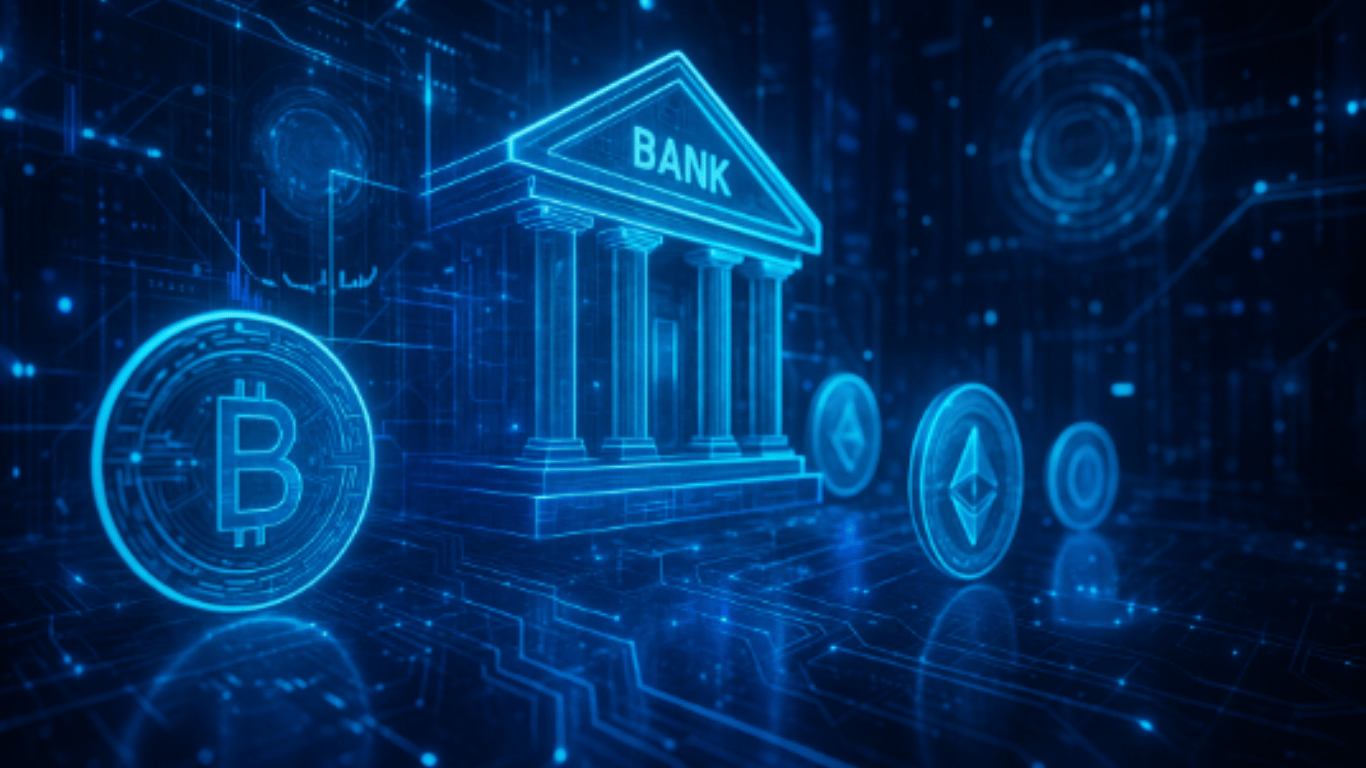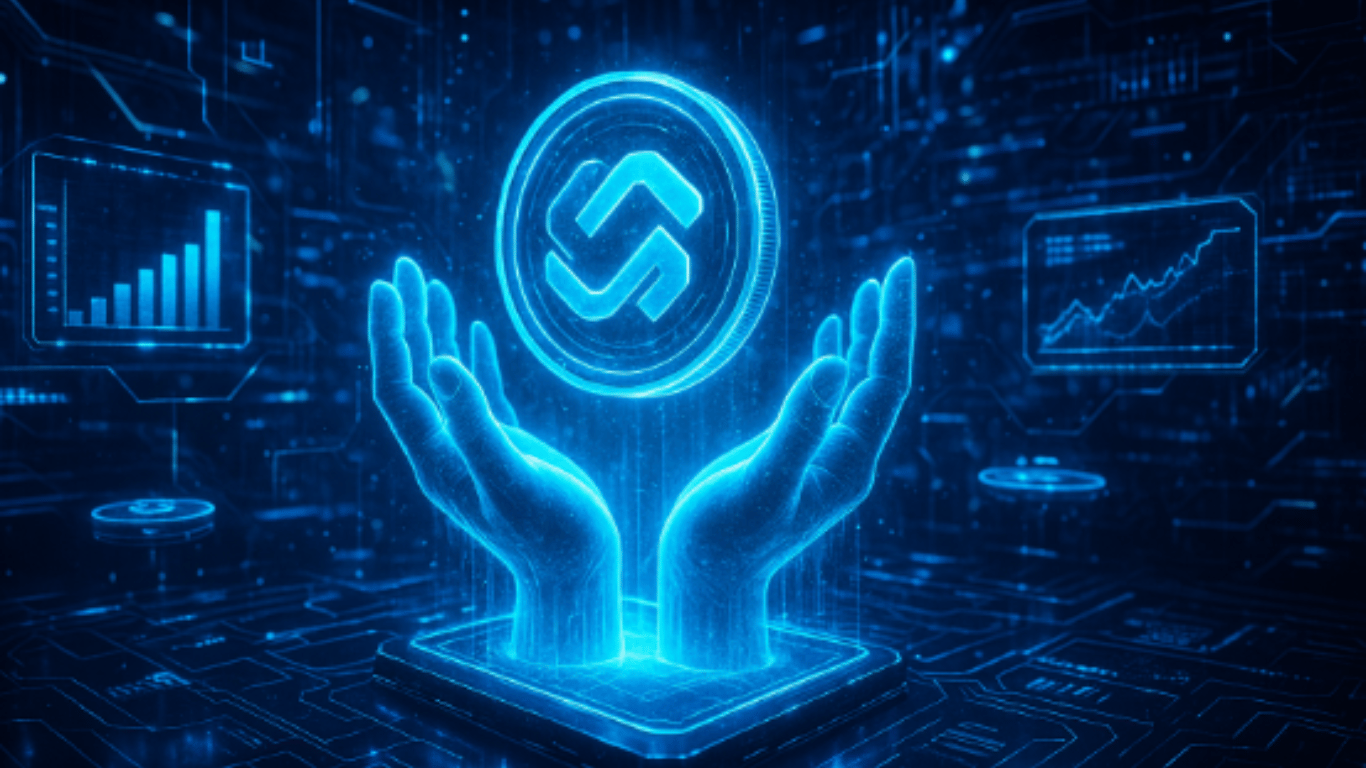Managing digital currencies involves much more than simply purchasing coins online. Achieving full control and ownership depends on a single essential tool: the crypto wallet. As digital finance continues to evolve, many seek reliable ways to buy, sell, swap crypto, and participate in web3 access with complete confidence that their assets remain protected from unauthorized access. Understanding the real function of a crypto wallet reveals how genuine ownership is preserved, especially when advanced options like hardware wallets come into play.
What does a crypto wallet actually store?
It is a widespread misconception that wallets directly hold cryptocurrencies. In truth, a crypto wallet stores private keys—unique cryptographic credentials granting access to specific blockchain addresses. These keys are used to authorize transactions, such as sending or receiving funds and interacting with decentralized platforms.
Every crypto wallet generates both public and private keys. The public key forms the address shared for deposits or transfers, while the private key serves as the proof required to sign and validate actions. Managing these keys enables true self-custody: no third party can exercise control over the assets.
Types of crypto wallets and self-custody
There are several types of crypto wallets, each offering a different balance between convenience and security and safety. Selecting the right wallet type is crucial for those who value independence and peace of mind regarding their holdings.
Custodial wallets, often managed by exchanges, mean another entity retains control of users’ private keys. By contrast, non-custodial wallets—including software and hardware options—allow the user to maintain exclusive command over their private keys. This ensures genuine financial autonomy and supports direct participation in DeFi (decentralized finance) activities without needing permission or approval from any centralized intermediary.
Software vs. hardware wallets: advantages and drawbacks
Software wallets appear as applications or browser extensions, making them easily accessible but sometimes vulnerable to malware or phishing. While they enable fast transactions and simple access, their constant connection to the internet increases exposure to cyber threats.
Hardware wallets, on the other hand, generate and store private keys offline, away from the internet. This design provides a significantly higher level of resistance against hacks or unauthorized access. At their core, hardware wallets prioritize security and safety, making them ideal for storing substantial amounts or long-term holdings. Many also offer seamless interfaces for daily operations like staking, managing NFTs (non-fungible tokens), or supporting multi-chain portfolios.
The distinct role of hardware wallets in achieving self-custody
Only hardware wallets can generate and keep private keys entirely offline throughout their lifecycle. All transaction signing occurs within the device itself, ensuring sensitive information never leaves its secure environment—even if the connected phone or computer is compromised. This protection is particularly valuable for those active in DeFi, where frequent interaction with third-party protocols requires strict boundaries of trust.
A trusted hardware wallet such as Ledger offers not only robust key protection but also features that enable earning rewards, staking, trading, and enjoying broad web3 access—all while preserving sovereignty over assets. It is important to note that Ledger is a hardware wallet, not a cold wallet, as it combines strong security with the ability to conduct active transactions.
How security and safety shape real crypto ownership
True ownership in the crypto world is directly linked to holding private keys. Relinquishing control to external parties exposes holders to risks beyond personal mistakes—such as exchange breaches or regulatory interventions. Storing keys securely ensures that only the rightful holder can initiate any movement or action involving the assets.
Modern hardware wallets incorporate multiple layers of protection. Physical PIN codes or biometric authentication act as initial barriers, while backup recovery phrases provide assurance against loss or theft. Only the legitimate owner has every component needed for asset recovery—a cornerstone of indisputable self-custody.
A closer look at earning rewards and staking through a secure wallet
Individuals aiming to increase returns often turn to staking or reward-generating protocols within the DeFi ecosystem. A crypto wallet that connects directly to the blockchain, rather than relying on custodial services, empowers users to lock tokens in staking pools independently. Every action—approval, stake, claim—is authorized by signing within the safe confines of the hardware device.
This approach maximizes yield and removes reliance on outside platforms to distribute or track earnings. Direct involvement guarantees transparent calculations, up-to-date balances, and immediate access for withdrawals or swaps, reinforcing the principle of total control.
Web3 access, NFTs, and multi-chain management with autonomy
With the advent of web3, managing a diverse array of digital assets—NFTs, utility tokens, and cross-chain holdings—has become standard. Secure oversight of this variety calls for tools that simplify management while empowering individual decision-making. Modern hardware wallets present intuitive interfaces covering everything from NFT transfers to portfolio tracking across various blockchains.
Whether handling Ethereum-based collectibles or DeFi positions on networks like Solana or Polygon, an appropriate wallet delivers multi-chain support effortlessly. No need for separate accounts, repetitive data entry, or extra security compromises; everything operates within a unified protected framework governed solely by the asset holder.
- Generate and safely store private keys completely offline
- Authorize all buy, sell, swap crypto transactions through a tamper-resistant interface
- Participate in DeFi protocols, stake tokens, or earn rewards without giving up custody
- Manage NFTs alongside fungible assets across multiple blockchains
- Depend on strong access controls and clear backups for unmatched protection
Practical tips for getting started with a hardware crypto wallet
Selecting a hardware wallet marks a pivotal step toward taking control of digital finances. Start by researching models known for durability, open-source code, and regular firmware updates. Ensure devices clearly state that private key generation and storage never leave the physical device.
During setup, carefully record the provided recovery phrase. Never share it or enter it online. This phrase acts as the ultimate safeguard for restoring assets in case of device loss or damage. Always activate secondary security measures, such as PIN numbers or biometric locks where offered.
Everyday crypto tasks with maximum safety
Once a hardware wallet is set up, connect it to trusted management software, either desktop or mobile. Through this interface, one may initiate transactions, check account history, or interact with smart contracts—with all confirmations handled inside the secure hardware device. Many wallets now allow instant buy, sell, and swap crypto capabilities without ever transferring custody elsewhere.
For continued peace of mind, regularly update firmware or companion apps using official releases from the wallet manufacturer. Keeping software current closes potential vulnerabilities and ensures compatibility with new tokens, networks, or DeFi features. Following these steps guarantees every activity remains under the user’s control, benefiting from the strongest protections available.
Why choosing the right crypto wallet matters for future growth
Emerging trends in decentralized finance, digital identities, and social tokens require adaptable wallet solutions. As web3 access expands, millions will depend on private key management rather than intermediaries. Unlike cold-only alternatives, hardware wallets combine top-level safety with smooth usability—the ideal mix for anyone seeking to build and protect digital wealth.
Ultimately, the wallet chosen shapes every experience, from routine transactions to innovative engagements with next-generation blockchain products. Opting for a platform focused on safeguarding private and public keys, enabling self-custody, and providing comprehensive multi-chain support places lasting control firmly in the hands of the individual.












